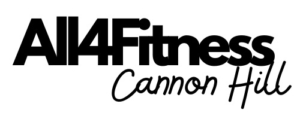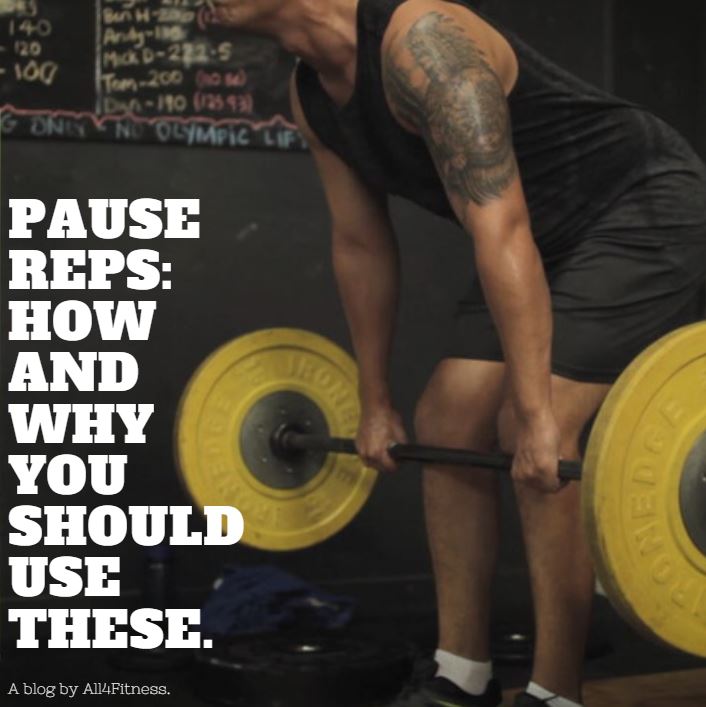Pause reps: How and why you should use these.
You may see people in the gym pausing mid-rep during a squat or maybe even a deadlift. For anyone who hasn’t, it is when you come to a dead stop at a certain point in the movement. There are two main reasons why I suggest you should apply these to your training program.
The first reason would be to target an area of weakness or sticking point during the movement. For example, if you are consistently failing your bench press 2inches off your chest or notice that this is the point where the bar speed significantly slows down, doing a training block where you perform a pause just under this point will overload and strengthen that specific part of the lift.
Secondly, pause work can also be a great way to slow things down and target any point in the lift where there is a technique breakdown. This is especially useful for novice lifters. It can sometimes be overwhelming having a lot of cues to remember and the pause allows time to stop and make sure that everything is in the right place at that certain point in the lift. A good example of this is pausing at the knee in the RDL, which allows you to focus on hinging at the hip and then keeping the bar in contact with your shins below it.
Whatever the reason for using this tool in your training, be aware that this will make any weight you are lifting feel significantly heavier and you will need to reduce the load accordingly. Also remember that when you are under tension with weight in your hands or on your back, your perception of the length of pause will feel greater than it probably is, so it’s always good to ask someone to watch or take a video to obtain an objective opinion. A lot of people will “push through” the pause (because pause reps are hard and this is what your body naturally wants to do) but try to make them a full 1 second halt for maximum benefit.
An All4Fitness Blog by Kelly Hodges-Personal Trainer and Powerlifting Australia Coach

